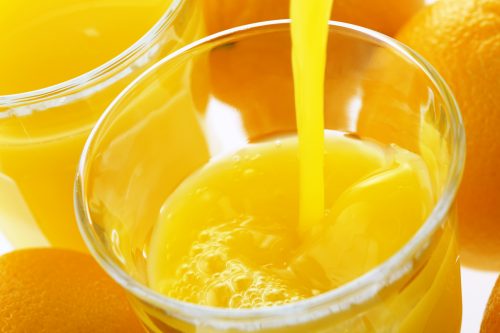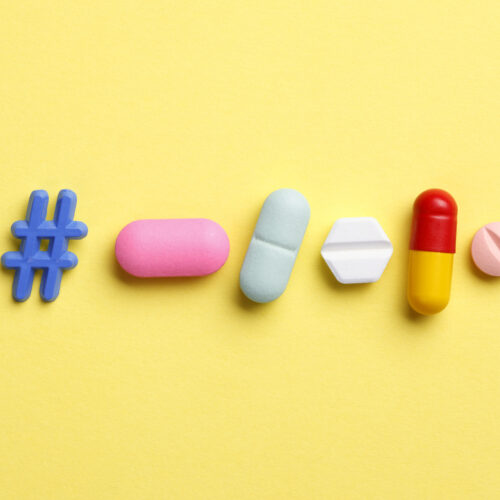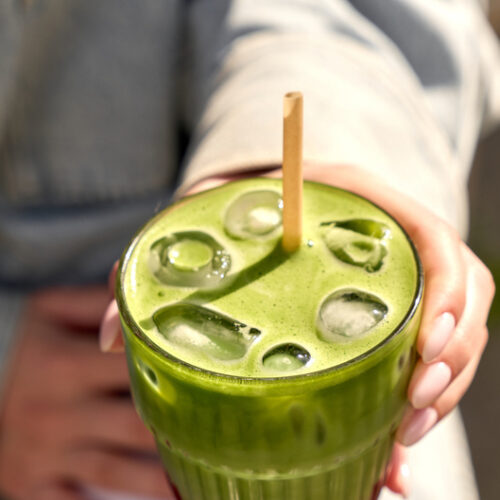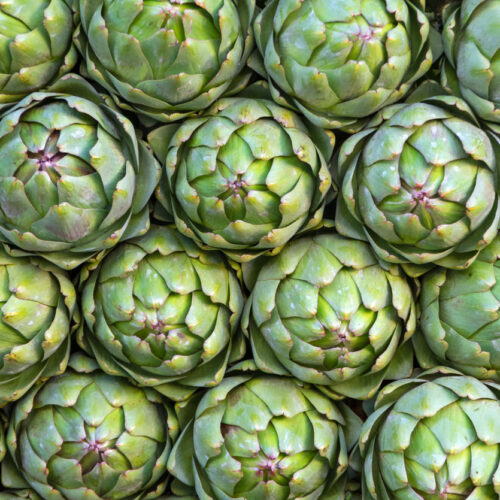
Nutritionist Rose Carr investigates what goes into juices, and which varieties are the best buys.
What’s in a fruit juice?
The pictures on juice packaging can be ambiguous. It pays to carefully read the labelling to know what’s inside the package. Better still, read the ingredients list.
A product calling itself a fruit (or vegetable) juice must be 100 per cent juice, and this can be from a mix of different juices. A product may also be reconstituted. Some water-soluble vitamins may be lost in the process of concentration, so when concentrates are used, vitamin C is often added back to make it up to the level in the original juice. Vitamin C may be listed as ascorbic acid in the ingredients list. A juice may also contain up to four per cent added sugar. Many don’t add sugar, but the only way to know is by reading the ingredients list.
What’s in a fruit drink?
A fruit drink must contain at least five per cent fruit juice, but may contain a lot more. For example, Ribena contains 5.7 per cent fruit juice, and Ocean Spray Light cranberry fruit drink contains 27 per cent cranberry juice. Ribena has added sugar, like most fruit drinks, while Ocean Spray Light uses an artificial sweetener to keep the kilojoules down. Some fruit drinks like cranberry don’t come in higher proportions of juice as we’re told the juice itself would be unpalatable or too tart for most people.
Other drinks
Fruit drink concentrates with concentrated fruit juice are just as good as a reconstituted juice – you just add water. BEWARE: Fruit-flavoured drinks may be convenient, but they don’t actually contain any fruit juice. They are flavoured, sweetened water.
Nutrition
Fruit juice contains a range of nutrients, especially vitamin C. But, because of its high sugar content, The Ministry of Health’s Healthy Eating and Activity Guidelines no longer recommend fruit juice as counting towards our daily serves of fruit and vegetables. Juice has more kilojoules and less fibre than fruit. Fruit juice, like whole fruit, is naturally high in sugars, but juice is a more concentrated source of sugars and kilojoules than whole fruit. If you choose to drink fruit juice we recommend trying half a glass of diluted with water. Vegetable juice, such as V8 Vegetable Juice, is nutritious but it’s not the same as eating vegetables. Whole vegetables have considerably more fibre and volume to fill us up in a way vegetable juice cannot.
Some fruit drinks may contain enough juice to provide a nutrient boost but more juice is better if it’s nutrients you’re after. Some fruit drinks are higher in kilojoules, so it pays to read the nutrition panel and make comparisons.
What we need
Every day, we need plenty of fluid, and sometimes a juice, fruit drink or fruit-flavoured drink makes it more palatable. Be careful not to overdo it, though. These drinks have added kilojoules, while plain water has zero kilojoules.
Try not to sip fruit juice or any sugary drink slowly to avoid bathing teeth in sugar. Saliva (produced when eating) helps wash away the fruit sugar and acids from our mouths, so the ideal time to drink juice is with a meal. The high vitamin C content also helps the absorption of non-haem iron from food like breakfast cereals.
[UPDATED 18.02.16: This content has been changed in line with new nutritional guidelines removing fruit juice as a daily fruit serve.]
www.healthyfood.com










